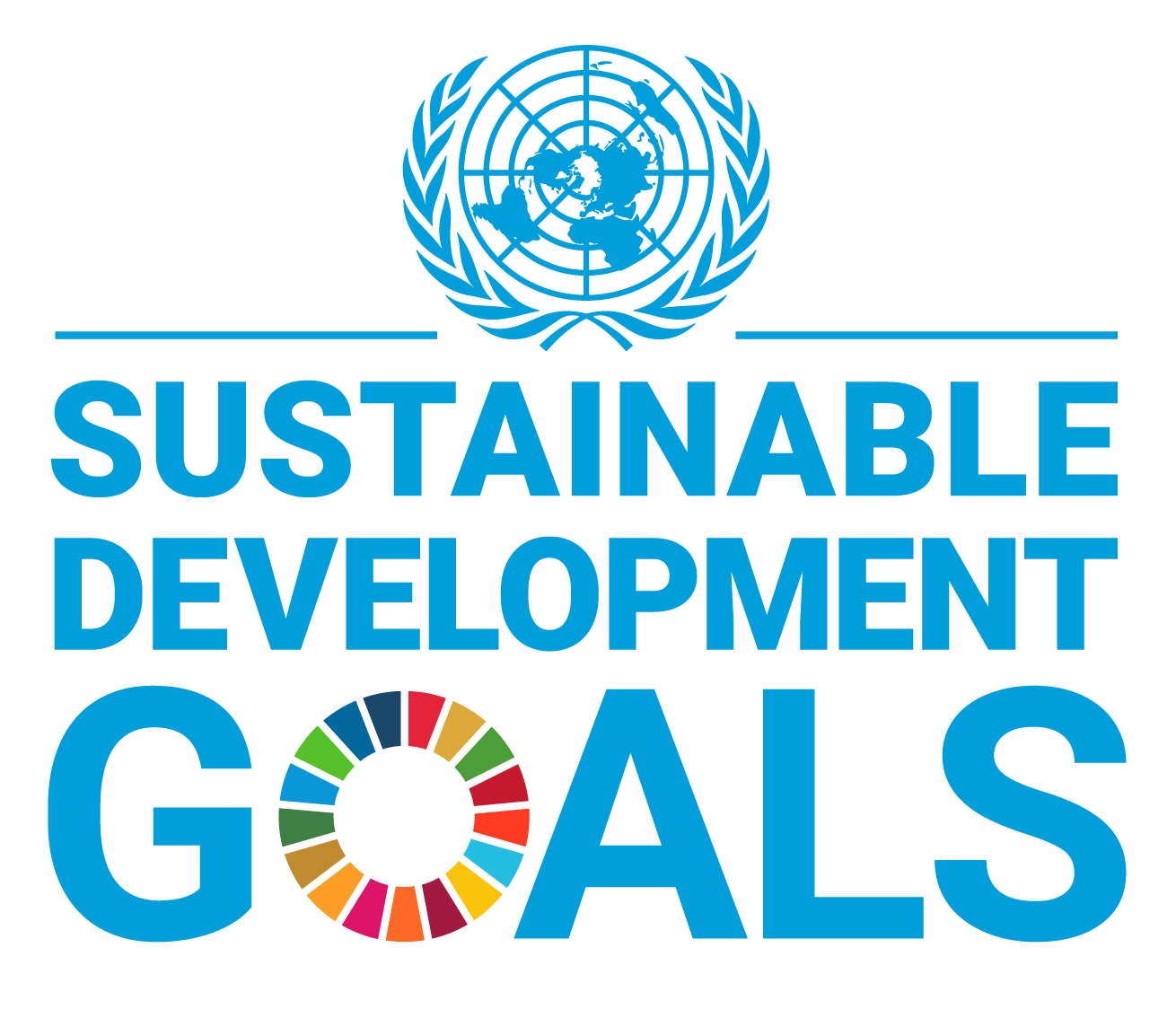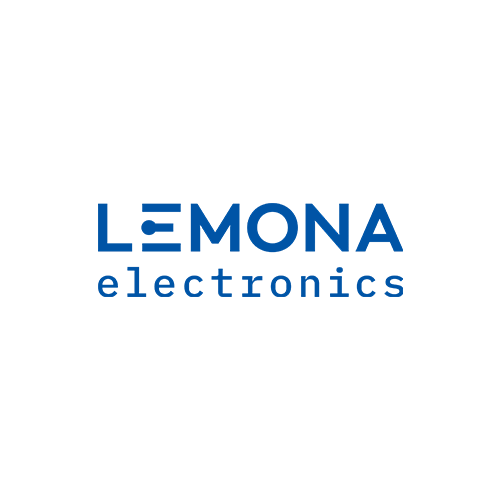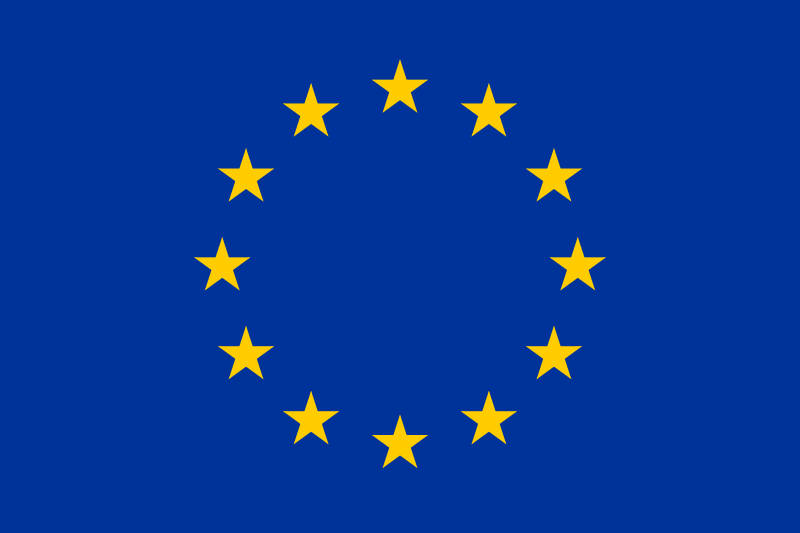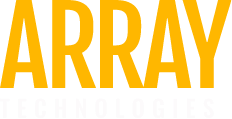

31 March – 2 April


|

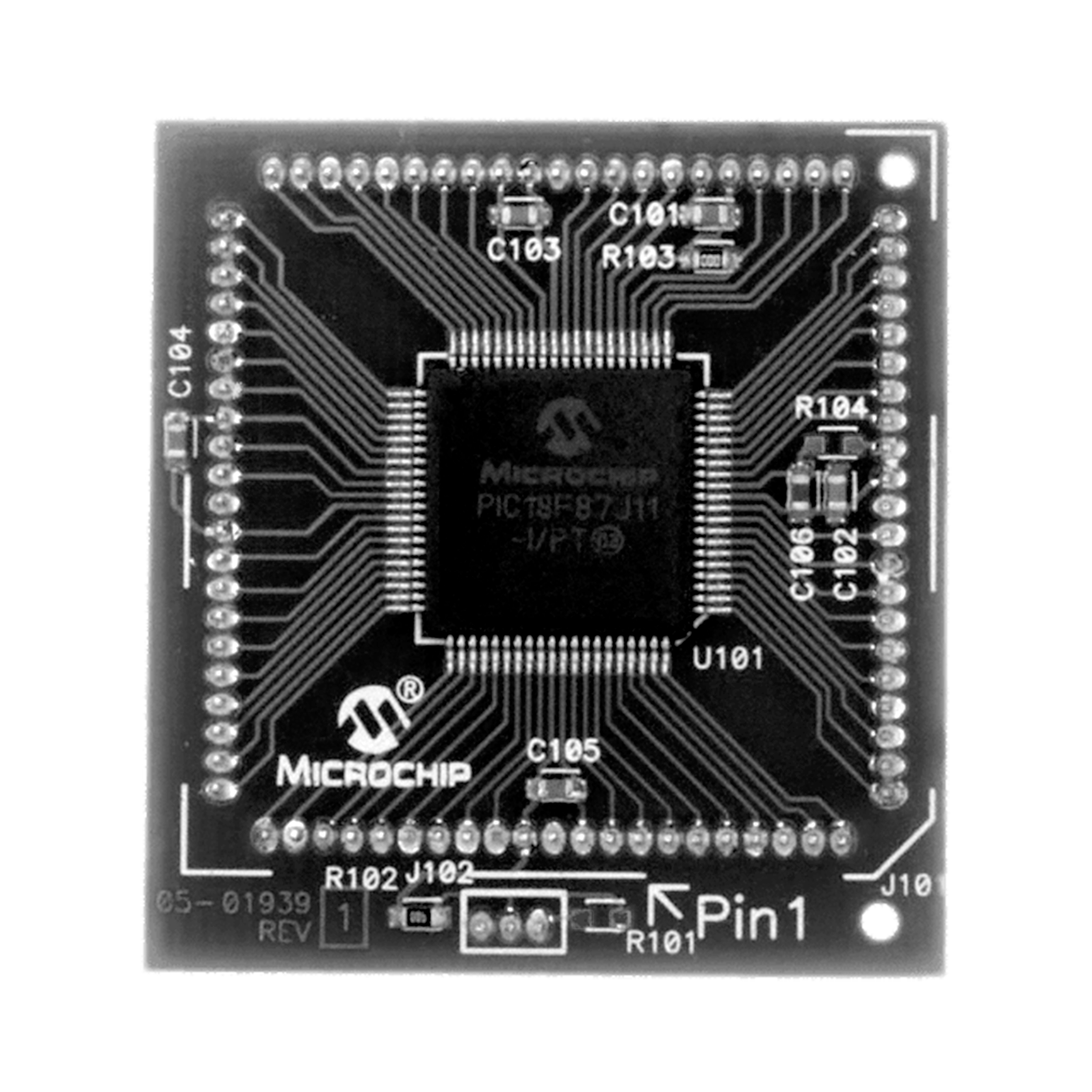


GOALS
3
2
1
To provide an opportunity for corporates to perform as social responsible businesses while fueling the achievements of the United Nations Sustainable Development Goals;
To provide an opportunity for participants to make their homes a better place to live in;
To build new partnerships & connections among academia, businesses, engineers in the Baltic region & globally.
WHY?
Channel your hardware entrepreneurial potential towards positive social good. Small steps matter!
WHAT'S OUR VISION?
Focusing on 3 Sustainable Development Goals (AgriTech (SDG2), sustainable & affordable energy (SDG7), sustainable cities (SDG11) we intend to accomplish the high potential of innovative hardware solutions in producing a wide range of measurable social, economic, and environmental effects.
Hackathon is LIVE NOW



REGISTER NOW!
Registration is closed
VILNIUS TECH Creativity and Innovation Centre "LinkMenų fabrikas"

Our Website is Almost Ready
Launch a targeted campaign.
Scale your infrastructure with our simple service.
Scale your infrastructure with our simple service.
Days
Hours
Minutes
Seconds
WHO ARE MAKING RETHINKING HARDWARE 2.0




We are venture studio striving to build a "tech bridge" from Europe to global markets, helping startups find their product-market fit.
We support tech projects for Smart & Eco Environment:
We support tech projects for Smart & Eco Environment:
Devices with AI, computer vision, and IoT;
Green energy solutions;
Smart office, urban mobility, industry 4.0.
Green energy solutions;
Smart office, urban mobility, industry 4.0.
Vilnius Gediminas Technical University (VILNIUS TECH) is an innovative Lithuanian University, educating highly qualified and creative specialists. The University is the leader among the institutions of technological science education, ensuring modern studies, orientated to the labour market.
UNITED NATIONS SUSTAINABLE DEVELOPMENT GOALS





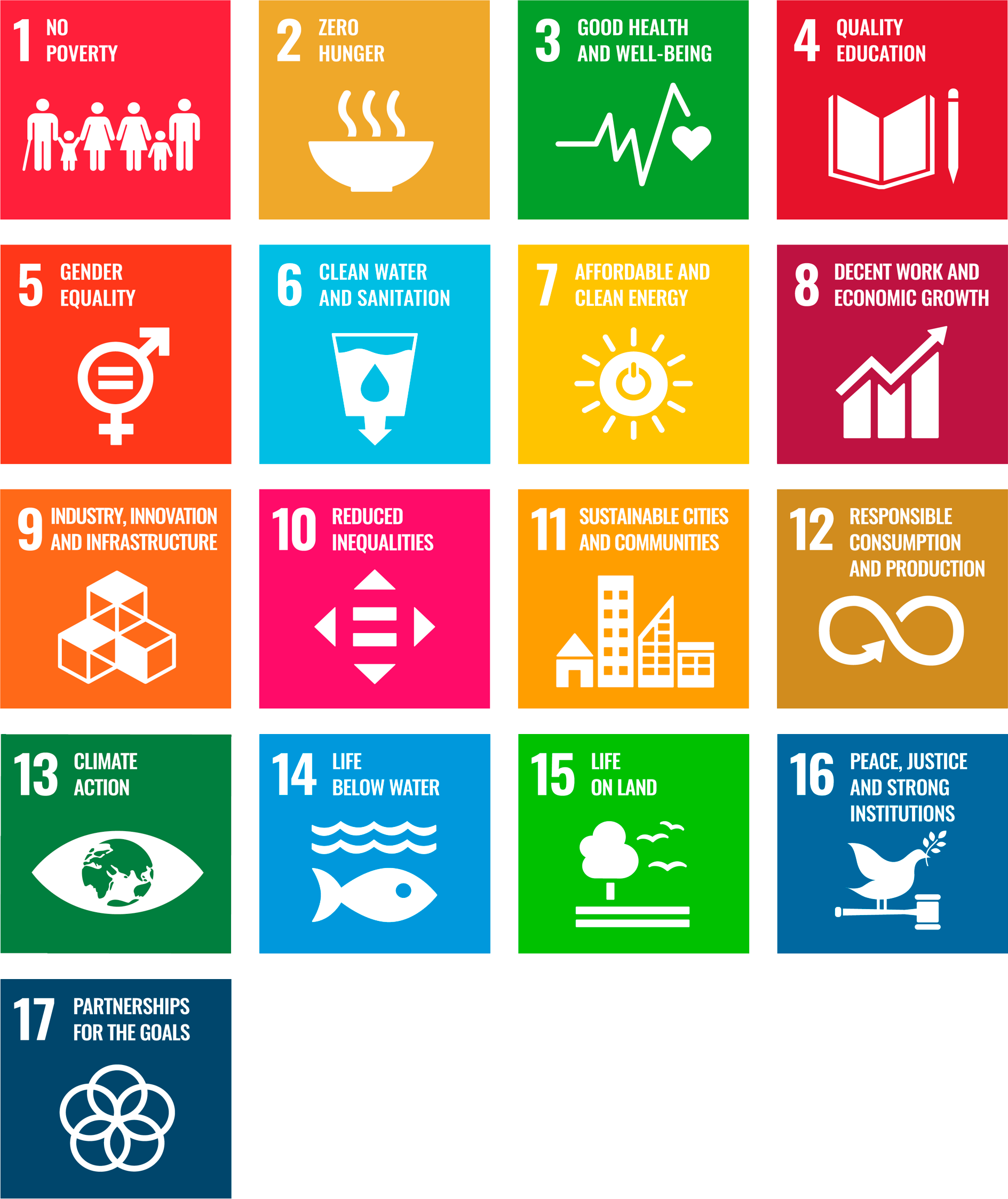

The Sustainable Development Goals (SDGs), also known as the Global Goals, were adopted by the United Nations in 2015 as a universal call to action to end poverty, protect the planet, and ensure that by 2030 all people enjoy peace and prosperity.
The 17 SDGs are integrated – they recognize that action in one area will affect outcomes in others, and that development must balance social, economic and environmental sustainability.
The 17 SDGs are integrated – they recognize that action in one area will affect outcomes in others, and that development must balance social, economic and environmental sustainability.

REGISTER NOW!

CHALLENGES







Examples of the solutions:
- mechatronic or robotic system for planting (grippers, devices, sensors, etc.)/monitoring (digitalization – collect and process the data of any processes in agriculture) / harvesting (mechanisms, gripers, etc.);
- sustainable supply chain management;
- waste management;
- crops & land management solutions.
- mechatronic or robotic system for planting (grippers, devices, sensors, etc.)/monitoring (digitalization – collect and process the data of any processes in agriculture) / harvesting (mechanisms, gripers, etc.);
- sustainable supply chain management;
- waste management;
- crops & land management solutions.
Hardware solutions for sustainable agriculture (SDG2)
Examples of the solutions:
- hydrogen: generation, materials, logistics, storage;
- solar facilities;
- distributed energy resources;
- green energy management solutions.
- hydrogen: generation, materials, logistics, storage;
- solar facilities;
- distributed energy resources;
- green energy management solutions.
Hardware solutions for affordable and sustainable energy (SDG7)
2
3.2 SUSTAINABLE HUMAN SETTLEMENTS
Examples of the solutions:
- human settlements management;
- sustainable land-use planning and management;
- integrated provision of environmental infrastructure: water, sanitation, drainage and solid waste management;
- sustainable energy and transport systems in human settlements;
- sustainable construction industry activities.
Examples of the solutions:
- human settlements management;
- sustainable land-use planning and management;
- integrated provision of environmental infrastructure: water, sanitation, drainage and solid waste management;
- sustainable energy and transport systems in human settlements;
- sustainable construction industry activities.
Hardware solutions for sustainable cities (SDG11)
3
3.1 SUSTAINABLE TRANSPORT
Examples of the solutions:
- sustainable transportation systems for all modes of transport including road, rail, aviation, marine, ferry, and urban public transport providers.
Examples of the solutions:
- sustainable transportation systems for all modes of transport including road, rail, aviation, marine, ferry, and urban public transport providers.
Root AI is a startup that has created a robotic harvesting system for indoor farms. Their system uses machine learning and computer vision to identify and pick ripe vegetables and fruits.
Blue River Technology, which was acquired by John Deere in 2017, has created a system of sensors and sprayers that can be mounted on tractors to precisely apply herbicides to crops. Their system can reduce herbicide use by up to 90%.
FFRobotics is a startup that has created a strawberry harvesting robot that uses sensors and grippers to pick strawberries. Their system can harvest up to 25 acres of strawberries per day.
FFRobotics
CropX is a startup that has created a soil sensing system that uses wireless sensors to monitor soil moisture, temperature, and nutrient levels. Their system uses cloud-based software to provide farmers with insights into crop health and water usage.
A startup that provides intelligent energy storage solutions for commercial and industrial customers to help reduce their energy costs and carbon footprint.
BATTERY ENERGY STORAGE SYSTEMS (BESS)
A startup that designs and manufactures solar tracking systems for large-scale solar installations, with a focus on reliability, durability, and performance.
Develops autonomous construction equipment for building sites.
Сreates sustainable hydrofoil boats for urban waterways transportation.

MENTORS
Product manager
ML/Computer vision at Softeq (R&D)
Independent tech expert at Bridgio Tech Accelerator
Co-founder of Iomico
CTO at AISPECO
Head of Hardware Department at OneSoil
CEO at Rozum Robotics




Lead Software Engineer at EPAM
CEO at TERRAWASTE
Flespi developer at Gurtam
Deputy Tech Team Lead at Gurtam

REGISTER NOW!
PROGRAM

3 PHASES OF THE EVENT:
*The students are encouraged to participate in a team.The size of the team can vary from minimum 2 members and maximum 4 members.
DAY 1
DAY 2
DAY 3






Pre-hackathon work
Pitch: Win or Ruin
The speaker will discuss the difference between a winning pitch and a pitch that can potentially ruin your chances of success. For example, the importance of avoiding common mistakes like using too much jargon or focusing too much on technical details that may not be relevant to your audience. Instead, basing on EPAM Made Real Lab portfolio, Alex will show you how to create a narrative that engages and inspires your stakeholders from different industries, and convey your message clearly and effectively.
Those participants who ask the most interesting questions or provide the most vivid examples or situations will get prizes.
Those participants who ask the most interesting questions or provide the most vivid examples or situations will get prizes.
1st of April, 11:30-12:30


Student register as a team member or solo*(1,5 months beforehand)
REGISTRATION
1
Happens at the Hackathon venue: teams have access to the technical KITs and workshop labs with the needed equipment
HACKING & PROTOTYPING
2
Teams need to pitch the presentation according to the beforehand sent template; show the physical prototype & demonstrate the ways how positive social impact could be measured according to the UN SDG
FINAL PITCHING
3
17:30 - 18:00
Check-in of the participants at the registration desk
Opening remarks from the hosts and invited guests
18:00 - 19:00
Teams are getting their workspaces
19:00 - 19:30
Hacking happens
19:30 - 21:00
Opening remarks
09:30 - 10:00
Hacking happens
10:00 - 14:00
Lunch
14:00 - 14:30
More hacking
14:30 - 18:30
Dinner
18:30 - 19:00
Hacking happens
19:00 - 21:00
Opening remarks
09:30 - 10:00
Tips&tricks on "how to pitch"
10:00 - 10:30
Hacking happens
10:30 - 12:30
Lunch
12:30 - 13:00
Pitch presentations are sent
13:00 - 13:30
Final pitching
13:30 - 15:30
Prize time, thank-notes
15:30 - 16:30
13 March - 31 March
13.03-19.03
Check-list 1: teams are assigned to the individual mentors, mentorship session
20.03-26.03
Check-list 2: teams are working with mentors, mentorship session, expert consultations
27.03-31.03
Check-list 3: teams are finalising the technical task for the Hackathon, mentorship session, expert consultations
Co-Head of EPAM Made Real Lab
Alex Babko
FAQ




What is Rethinking hardware 2.0?
Rethinking hardware 2.0 is a 3-days makeathon where participants come together to learn more about the United Nations Sustainable development goals and create hardware solutions which tend to acomplish them;
Yes, to compete you must be in a team of 3 or 4 members including yourself.
Whether the number of team members is limited?
Nothing! That's right, Rethinking hardware 2.0 is free (even the food!) for all attendees to participate. All you need to worry about is learning new skills, developing cool projects, and having fun!
How much does it cost?
Yes! Sure:)
Can you participate if you are not 18?
We will host a team formation event at the beginning of the Hackathon so you won't hack alone.
What if I don't have a team?
If you borrow equipment during the event, the equipment must be disassembled and returned. If you bring your own equipment and hardware to the event, of course you can bring it home.
Who will own the prototypes made in the event?
The main language of the event is English, however, some of our team member talk Lithuanian.
What is the language of the HardwareHack?
1. Students with technical hardware background;
2. Hardware geeks & enthusiasts;
3. Hardware startupers;
4. Beginning & professional engineers
2. Hardware geeks & enthusiasts;
3. Hardware startupers;
4. Beginning & professional engineers
Who can come?

PRIZES*

1 Prize
Prize from Tech Zity
*Other prize details are to be specified soon.
**This offer applies to up to 4 people.
**This offer applies to up to 4 people.

2 Prize
Prize from HubSpot
3 Prize
Prize from HubSpot



Access to Free CRM, Sales, Marketing, Service, and Operations tools
Weekly access to a HubSpot GTM expert for consulting
$500 match in credit to spend on LinkedIn ads
$500 match in ad spend for Google Ads
Weekly access to a HubSpot GTM expert for consulting
$500 match in credit to spend on LinkedIn ads
$500 match in ad spend for Google Ads
Perks from HubSpot for Startups include:
1500 EUR
Prize from HubSpot
one-month membership at Tech Arts co-working**
KIT's from Arrow Electronics
KIT's from Arrow Electronics
KIT's from Arrow Electronics
Prize from Bridgio
2-month acceleration support
Prize from Bridgio
2-month acceleration support
Prize from Bridgio
2-month acceleration support




from Gurtam
JUDGING CRITERIA

Judges will look at how technically complex the Hack is, and how much work went into technically creating the demo.
Judges will Judge on how complete the Hack is. Is it a fully working end product, or a partially working proof of concept.
Judges will Judge on how complete the Hack is. Is it a fully working end product, or a partially working proof of concept.
|
Is it a new product never before seen on the market, or an innovative take on an existing product? Judges can use this criteria to judge the Hack idea.
How marketable is the product created. Did the fictitious company created sell the product to the judges panel?
How marketable is the product created. Did the fictitious company created sell the product to the judges panel?



REGISTER NOW!
LOCATION



Linkmenų g. 28, 08217 Vilnius

VILNIUS TECH Creativity and Innovation Centre "LinkMenų fabrikas"
ANY QUESTIONS LEFT?




Check Rethinking hardware in 2022
Contact us:



